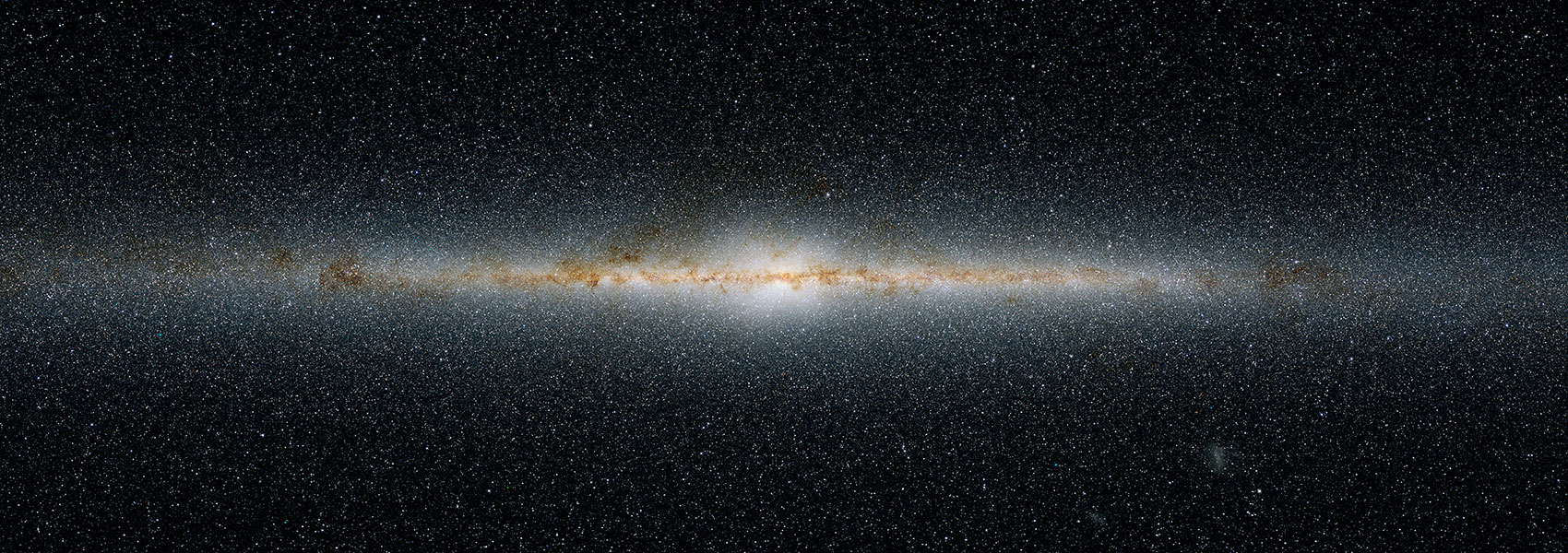February
2010
•
2010ApJ...710..248C
Authors
•
Cluver, M. E.
•
Appleton, P. N.
•
Boulanger, F.
•
Guillard, P.
•
Ogle, P.
•
Duc, P. -A.
•
Lu, N.
•
Rasmussen, J.
•
Reach, W. T.
•
Smith, J. D.
•
Tuffs, R.
•
Xu, C. K.
•
Yun, M. S.
Abstract
•
We present results from the mid-infrared spectral mapping of Stephan's Quintet using the Spitzer Space Telescope. A 1000 km s-1 collision (t col = 5 × 106 yr) has produced a group-wide shock, and for the first time the large-scale distribution of warm molecular hydrogen emission is revealed, as well as its close association with known shock structures. In the main shock region alone we find 5.0 × 108 M sun of warm H2 spread over ~480 kpc2 and additionally report the discovery of a second major shock-excited H2 feature, likely a remnant of previous tidal interactions. This brings the total H2 line luminosity of the group in excess of 1042 erg s-1. In the main shock, the H2 line luminosity exceeds, by a factor of 3, the X-ray luminosity from the hot shocked gas, confirming that the H2-cooling pathway dominates over the X-ray. [Si II]34.82 μm emission, detected at a luminosity of 1/10th of that of the H2, appears to trace the group-wide shock closely, and in addition, we detect weak [Fe II]25.99 μm emission from the most X-ray luminous part of the shock. Comparison with shock models reveals that this emission is consistent with regions of fast shocks (100 km s-1 < Vs < 300 km s-1) experiencing depletion of iron and silicon onto dust grains. Star formation in the shock (as traced via ionic lines, polycyclic aromatic hydrocarbon and dust emission) appears in the intruder galaxy, but most strikingly at either end of the radio shock. The shock ridge itself shows little star formation, consistent with a model in which the tremendous H2 power is driven by turbulent energy transfer from motions in a post-shocked layer which suppresses star formation. The significance of the molecular hydrogen lines over other measured sources of cooling in fast galaxy-scale shocks may have crucial implications for the cooling of gas in the assembly of the first galaxies.
Links




